Next on Episode 5 | Water
Sanjayan explores humankind’s relationship with the Earth’s most important resource: water. Unraveling dramatic connections between fresh water and the health of the planet, he uncovers spectacular wildlife stories that center on managing the natural pulse of the planet’s water.
Extras + Features
-
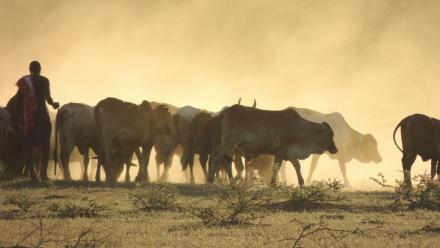
Plains | Official Trailer
S1 E2 - 30s
Explore the giant herds that roam the wild grasslands of the plains. Home to the greatest gathering of animal life on the planet, they are also increasingly our bread basket — and among the most endangered places on Earth. Dr. Sanjayan’s journey uncovers a vital new understanding about how both humans and predators can help the animals found on the plains. Premieres February 4, 2015 at 10/9c.
-
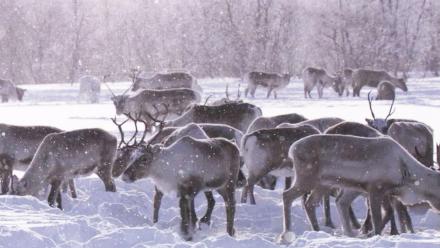
Reindeer Castration — Does It Still Happen?
S1 E2 - 1m 51s
Large males of a reindeer herd are important for a healthy tundra. Using large antlers they dig up the most snow to expose the ground for other reindeer to graze. However, during the annual rut males fight and mate rather than dig for grass and lichen. This is why castrating males is still practiced.The old technique of biting is being brought back because it is less severe than modern methods.
-
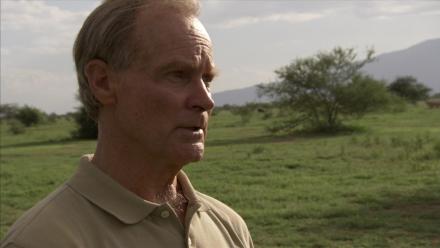
Why Cows Are Important
S1 E2 - 3m 25s
Renowned conservationist Jonah Western believes that Maasai grazing their herds of cattle is essential for a healthy functioning savannah and therefore increases populations of endangered lions. In an interview with Jonah, Sanjayan learns how man and lion can not only co-exist but thrive.
-
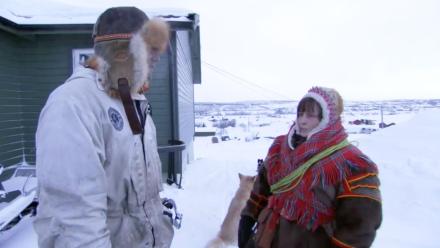
An Interview About the Sami Way of Life
S1 E2 - 3m 37s
Host Sanjayan interviews a a woman belonging to the Sami tribe. She describes how they follow the reindeer herds on their annual migration and how they know when to go. The Sami people embraces modern conveniences but still has traditional (and warm) clothes.
-
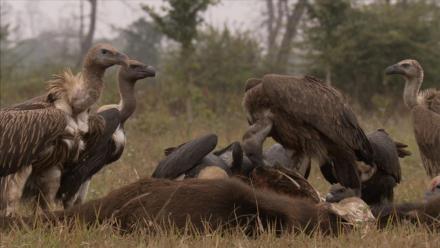
How to Film Inside a Carcass (GRAPHIC)
S1 E1 - 4m 23s
GRAPHIC WARNING: Viewer discretion is advised. Using miniature cameras, extremely long and thick gloves and face masks, the crew reveal how they filmed inside cow carcasses at a carcass dump in India.
-

China's Panda Problem
S1 E1 - 1m 24s
Join Dr. M. Sanjayan for EARTH A New Wild, a five-part series that takes a fresh look at humankind’s relationship to the planet’s wildest places and most fascinating species -- including pandas. Premieres Premieres Wednesdays, February 4-25, 2015. Check local listings.
-
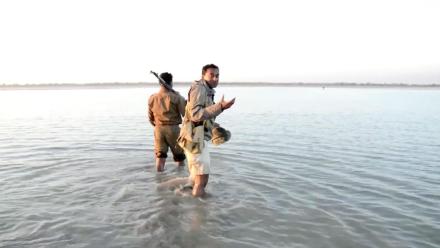
The Film Crew Gets Stuck in Tiger Territory
S1 E1 - 3m 16s
When the tide goes out on one day of filming, the crew find themselves stuck in extremely sticky mud. This is a problem in itself but in this situation was particularly terrifying as they were right in the heart of man-eating tiger territory and night was falling!
-
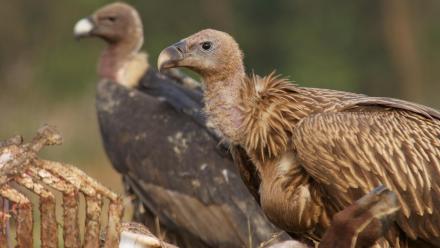
Vultures Scavenge a Carcass (GRAPHIC)
S1 E1 - 38s
GRAPHIC WARNING: Not suitable for all audiences. Vultures are the ultimate scavengers. Always working in groups they can scavenge a carcass to the bone in 30 minutes. Their featherless heads and necks mean they can get neck deep in the carcass without getting their feathers caught on bones or soaked in blood. They can gorge on 20% of their body weight in one meal too.
-
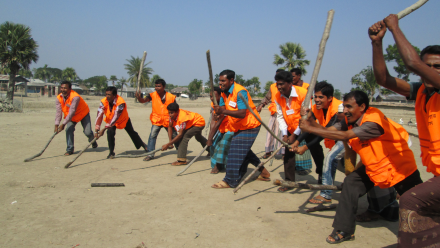
How the Village Tiger Response Team Scares a Tiger
S1 E1 - 25s
WildTeam is a conservation organisation in Bangladesh. Their aim is to reconnect people with forest. Wild Team have developed local Village Tiger Response Teams (VTRT) that will get together and scare a tiger away from a village before it has a chance to kill anyone or people have a chance to kill a tiger. These are local volunteers who will respond to human- tiger conflicts in villages.
-
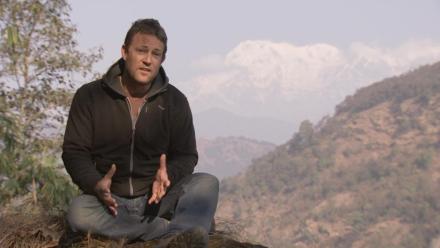
Meet the Man Who Flies with Vultures
S1 E1 - 3m 56s
While conservationists have rallied to the aid of the vultures, generating public sympathy for the birds has not been easy. British man Scott Mason has a unique way of trying to get people to love the vulture like he does.
-
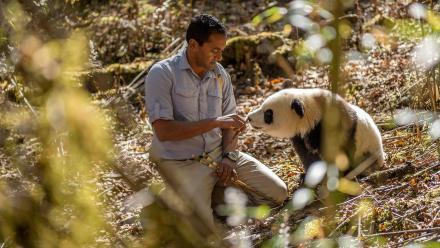
Next on Episode 1 | Home
S1 E1 - 30s
Travel deep into the wild to take a fresh look at humankind’s relationship to the big animals that live alongside us. From cuddling baby pandas to avoiding man-eating tigers, Dr. M. Sanjayan investigates our changing relationships with the wilderness. Sanjayan focuses on the powerful stories that prove animals and humans can thrive side by side. Premieres February 4, 2015 at 9/8c.
-
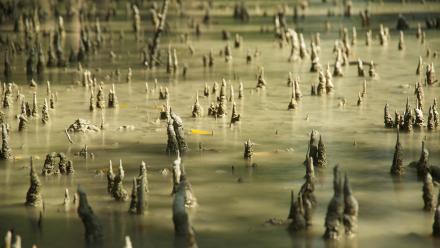
Why the Tide Could Create Man-Eating Tigers
S1 E1 - 19s
One of the theories behind why these tigers have turned into man-eaters is that the tide washes away their territorial markers like sprayed urine. If these markers are washed away, tigers have to completely dominate their patch, aggressively attacking any potential threat – including people.
PBS PASSPORT
Stream tens of thousands of hours of your PBS and local favorites with WETA+ and PBS Passport whenever and wherever you want. Catch up on a single episode or binge-watch full seasons before they air on TV.
Similar Shows
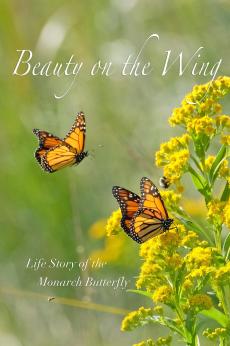
Beauty on the Wing: Life Story of the Monarch Butterfly
Science and Nature

Me & My Robot
Science and Nature

First Contact: An Alien Encounter
Science and Nature
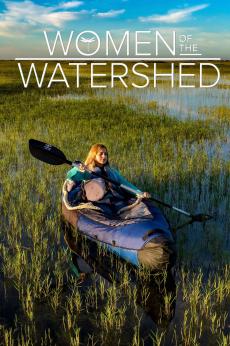
Women of the Watershed
Science and Nature
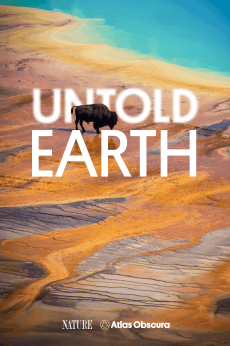
Untold Earth
Science and Nature
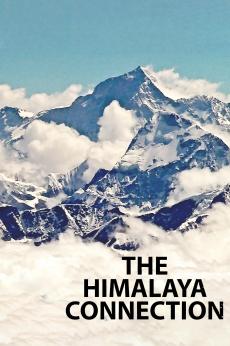
The Himalaya Connection
Science and Nature

Listen to the Universe
Science and Nature
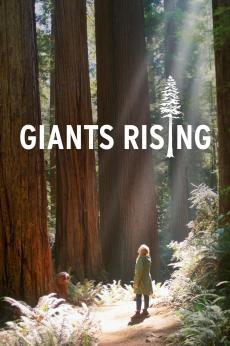
Giants Rising
Science and Nature

Stop Saving the Planet?
Science and Nature

Raw to Ready
Science and Nature